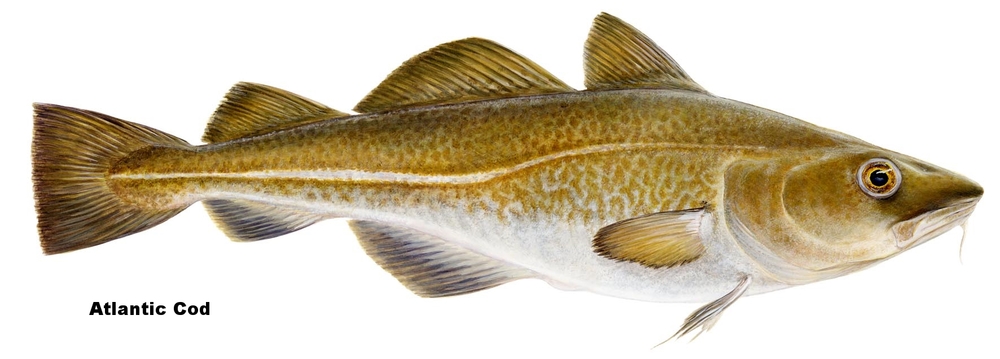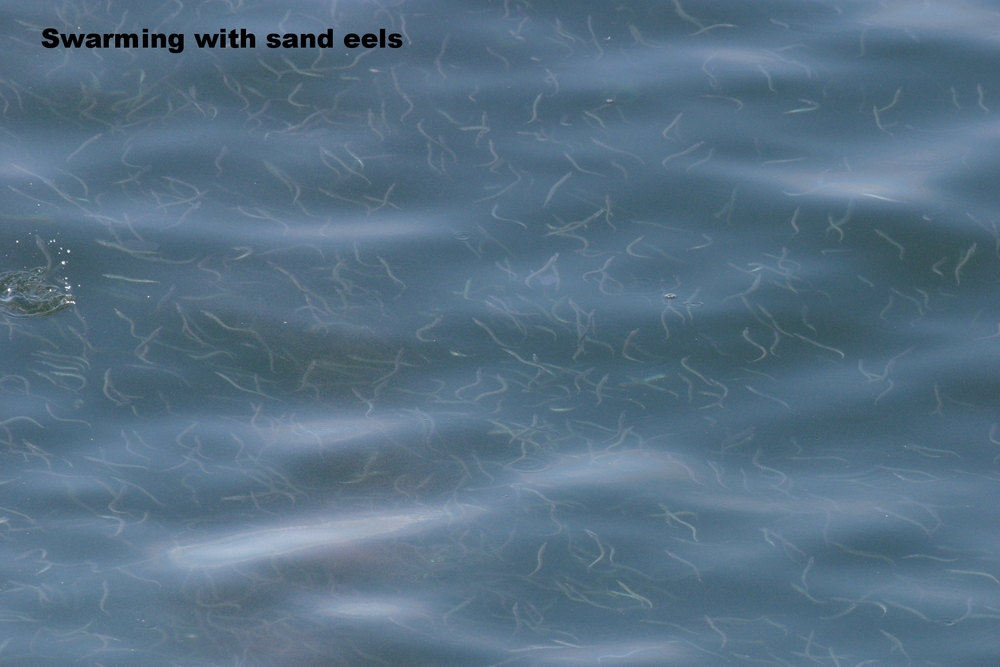The Nature of Faxaflói Bay
The Nature of Faxaflói bay
Two great cormorants, a herring gull and a glacous gull rest on a skarry at the inner Faxaflói bay while an eider duck female swims about
Being located at the SW-corner of Iceland and with its mouth facing to the west, Faxaflói bay is heavily affected by the strong Irminger current, a branch from the Gulf stream which provides Iceland‘s southwest and northern coastal waters with warm and saline waters in mixture with the cold water of the East Greenland current. Since coastal ecosystems, such as Faxaflói bay, are affected by the freshwater river runoff, the salinity becomes diluted when the runoff is at its maximum during early summer. But it is exactly this complicated interaction between the powerful ocean current circulations and seasonal variation in freshwater flow into the ocean that is responsible for the diverse live that thrives within the bay.
How do the ocean currents and the river runoff affect the wildlife of Faxaflói bay?
The river runoffs bring tons of nutrients into the coastal waters in addition to constant circulation of various nutrients in the ocean from decaying organisms. These nutrients are essential for the oceans primary producers to function and alternatively bloom. These primary producers are the phytoplankton and the blue-green bacteria (cyanobacteria), tiny single celled organisms that are the foundation of all ocean ecosystems. What makes them so important is that they are capable of transforming inorganic matter into edible organic matter, in other words food. But nothing comes out of nothing. This mechanism is driven by the sun‘s energy and is commonly known as photosynthesis where the plankton assimilates carbon into carbohydrates which they use for themselves to grow, and consequently benefits those that feed on the plankton. But in order to grow and multiply they need essential minerals such as nitrogen, phosphorous and iron. The plankton is not capable of swimming actively about in the water column picking up nutrients. They need the nutrients to come to them. But the problem is that nutrients obey the rule of gravity and sink to the bottom. Thanks to the wind driven water mixing, upwelling along bottom slopes and hills and due to variation in water salinity, these nutrients are brought back up to the surface. The low saline summer coastal currents therefore contribute to the water mixing. These currents are additionally important distributers of fish larvae, such as for the cod and haddock larvae. Strong freshwater runoff induces the strength of the coastal current which in turn increases the distribution of these larvae which is important for the survival of these important commercial fish species.
A pair of overwintering humpback whales swimming about in the freezing cold February gale at the SW-coast. Sometimes, humpback whales overwinter around the Icelandic coast feeding off capelin
The importance of the winter gale
During winter, the essential nutrients build up in the water and are more or less constantly brought up to the surface due to frequent windy or stormy weather. But at that time the primary producers can’t actively photosynthesize since the sun light hours are at a complete minimum. When the sun starts crawling higher into the sky as the spring arrives and stays there longer and longer every day the phytoplankton in Faxaflói bay starts blooming and creating a vegetarian buffet of essential nutrients for microscopic animals. The phytoplankton bloom sustains them more or less throughout the summer. These microscopic animals, such as tiny crustaceans and other gliding invertebrates are called zooplankton and are vital food components for various fish species, birds and even whales in Faxaflói bay. As the summer progresses and the weather calms the nutrient supply decreases and consequently the plankton bloom decreases. But as the fall arrives with more frequent windy days the nutrients are pushed back to the surface and the phytoplankton bloom increases again for the last time before winter.
These primary processes are the fundamental elements shaping the marine life of Faxaflói bay and are responsible for the abundance of birds and marine mammals in this area during summer.
The bay comes to life as the sun rises higher
Pair of puffins
The portent of spring in Faxaflói bay is the arrival of the first puffins in the beginning of April. The first arrivals are generally the effortful males which have come to claim and clean out their old burrow from previous years or finding a new one before the arrival of their female mate. These charismatic small seabirds generally mate for live and join forces in the chick-rearing duties every summer. The largest puffin colonies in Faxaflói bay are Akurey and Lundey, located within a fiord of Faxaflói bay called Kollafjörður. Among other islands of Kollafjörður, Akurey and Lundey belong to the Nature Conservation Register but all of these small islands are important nesting colonies for a number of bird species.
Sandeels and comb jellies graze on plankton just below the surface
Important prey item for various species living in Faxaflói bay are small planktonic crustaceans called copepods and krill, but also a fish called the sandeel. The sandeel, particularly, is the fundamental prey item for sea birds, for many commercial fish species and for the filter feeding baleen whales such as the minke whale. The sand eel is a very small fish where fully grown individuals only reach about 11-12 cm (~ 4.5 in). But the key is that they are particularly rich in lipids and occur in dense schools once they exit their sand burrows and enter the water column. Though the school provides safety in numbers this formation allows baleen whales and birds to prey on them. This small but important fish becomes active again in spring when they leave their winter burrows and enter the water column again to build up their energy reserves. That is when the feeding frenzy begins. The sand eels are mostly found where there is a sandy substrate, but they avoid predation by burrowing into the sand. In these areas in Faxaflói bay it is most likely to spot feeding whales and sea birds. One of these locations is called Syðra hraun (Southern Lava) and is a popular whale watching location in Faxaflói.
During a bright and calm summer day one can truly witness the diversity of life the bay holds, even though you only catch a glimpse of the submarine life. Northern gannets diving energetically, yet gracefully into the water, fulmars quacking at each other when fighting for the best bite, the agile arctic tern hovers above the water and waits for the fish to risk a little too close to the surface and sometimes tactically follows the dolphins and the porpoises as they tend to heard the fish to the surface. Somewhere in-between the frenzy a minke whale breaks the surface with its mouth wide open and rolls its large body to finish the gulp.
















